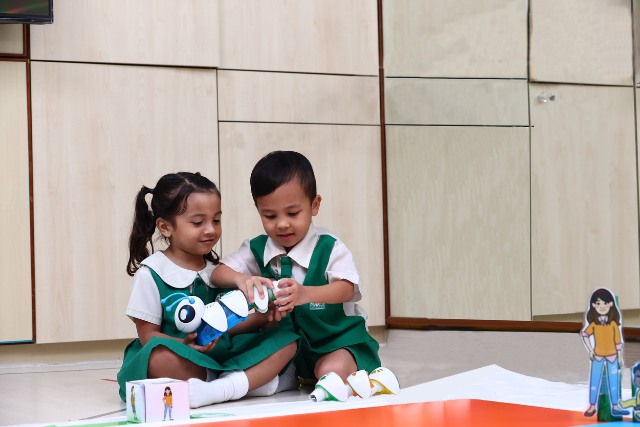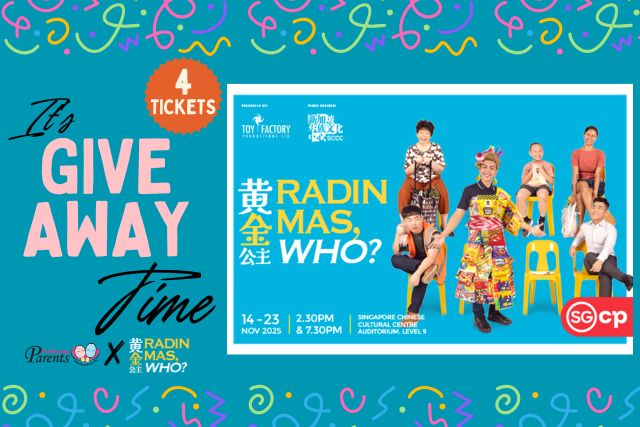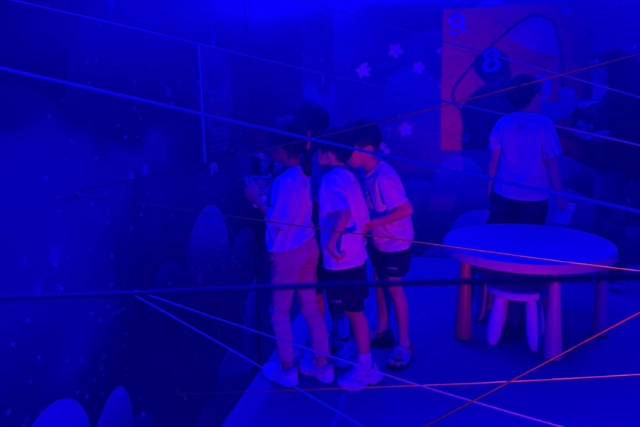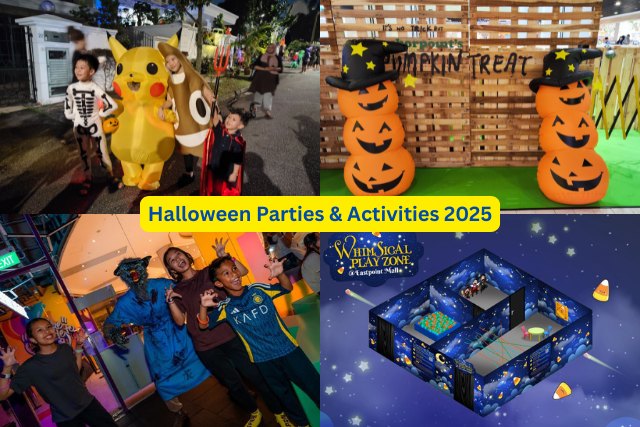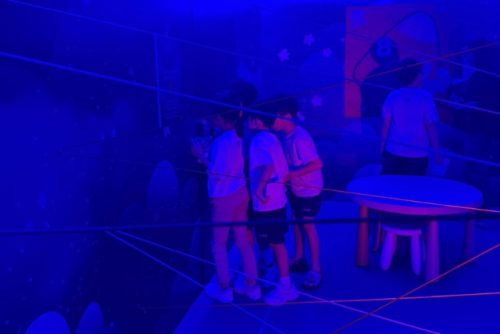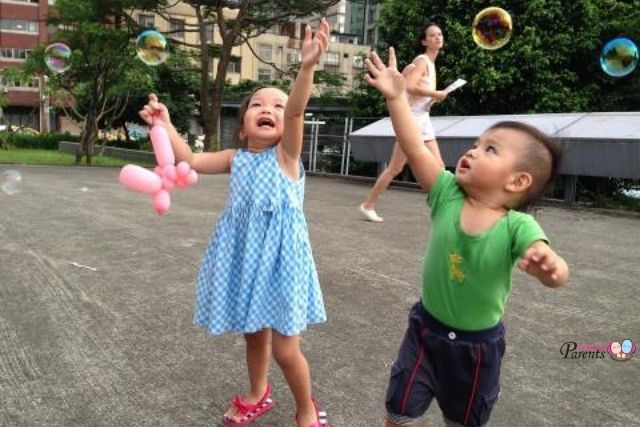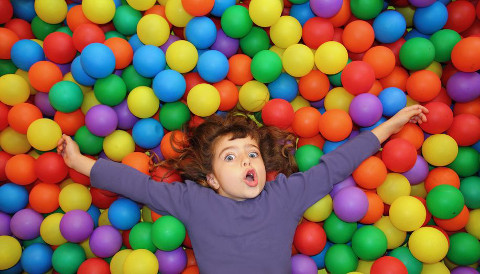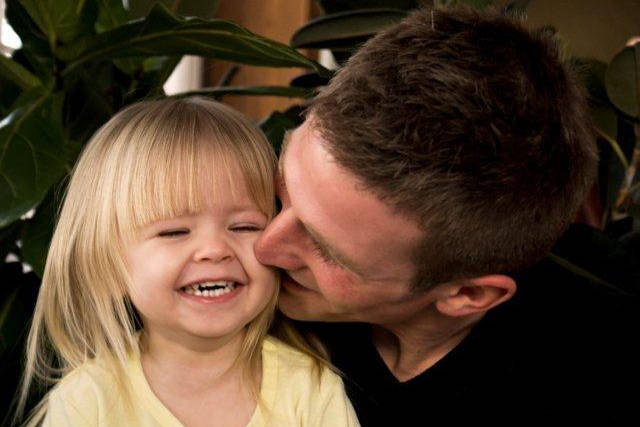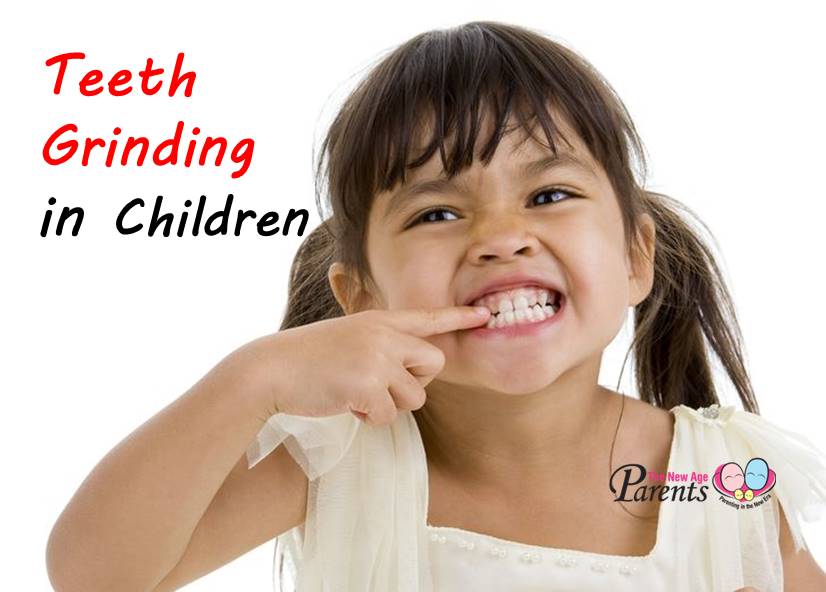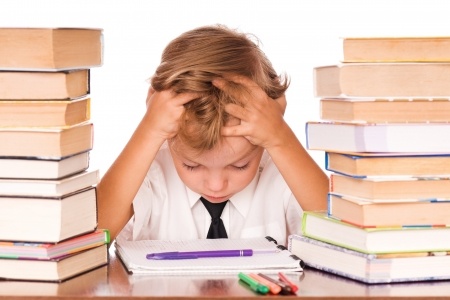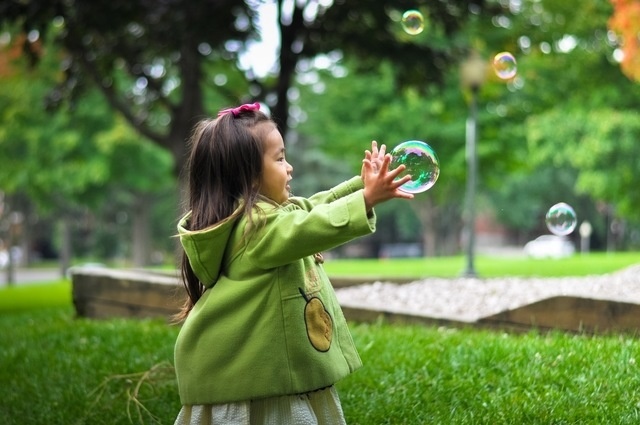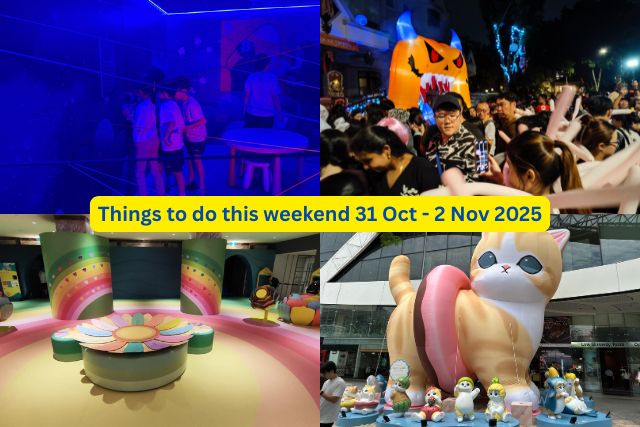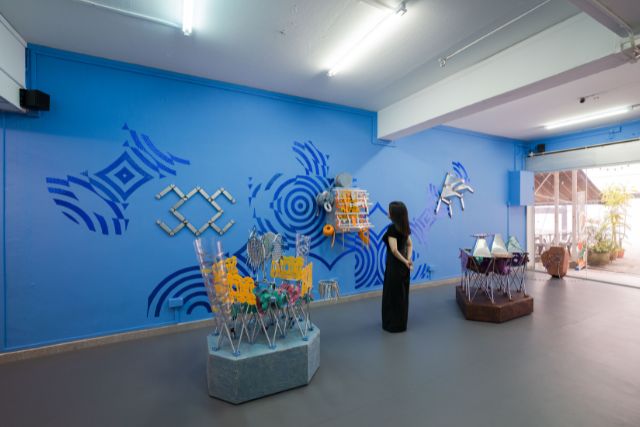There is so much more to play. In this three part interview series, we spoke to KindyROO Singapore (Part I) Shee Hock Ai Ling, mother of three and Director of KindyROO Singapore Pte Ltd, about play and asked her to breakdown the difference between structured and unstructured play.
What’s the difference?
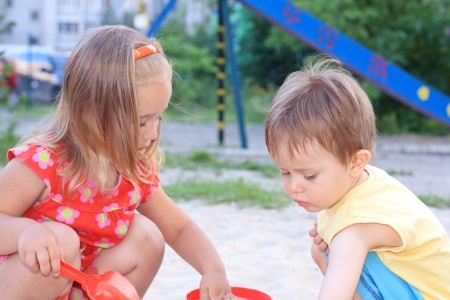
Structured play is a set of activities where children go through to achieve a set of desired outcomes. There are routines, rules, guidelines etc. involved and children are supposed to follow them.
Whereas in Unstructured play, they are free play where there are minimal routines and the children are free to expose themselves to anything that surrounds them or within their imagination. They can explore playing with equipment or toys or they can pretend to play with equipment or toys whether or not they are there.
Are both important in your child’s development? Why?
Both of these are very important and necessary for children’s overall development and laying the right neuro foundation, especially in today’s world.
In structured play, children are learning that certain rules need to be followed for certain actions to take place and results to occur. This is a basic representation of real-life – in school and later in work – although at KindyROO it is done with lots of fun activities that are much more like play than work! Structured play also ensures that certain essential abilities of children are in place, laying a strong foundation for later learning.
These skills and abilities may not always be stimulated in their normal playing environment. E.g. such as joining in class, following instructions, doing an activity with a group of other children, being asked to hop over, skip around or balance along a particular object are all simple examples of structured play. Of course we do more than that, but we can’t possibly share all our activities here but the idea is that children go through these to fully and comprehensively complete as many important activities as they can as these will fully optimising the stimulation in the brain.
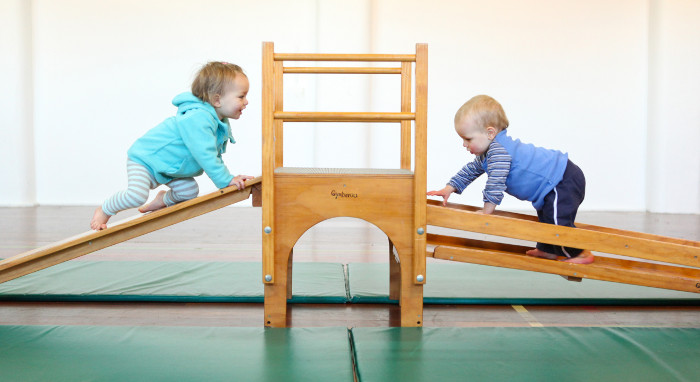
As for unstructured play, these activities help to bring out the innate abilities and curiosity of the children and encourage them to think and behave out of the box. We provide a challenging, safe and interesting environment to bring out the best in these hidden qualities to expose the children in these activities. The self-driven activities and thoughts help children develop the confidence and skills that are necessary for problem-solving, being able to comprehend what they read and to understand, interpret and complete more complex literacy and numeracy tasks.
What is one common misconception parents have about structured play?
Parents may think that structured play is restrictive and therefore not necessary for children as it confines their learning spectrum. Children need a combination of both structured and unstructured play opportunities. Structured play provides children with activities, skills and ideas that they can then develop further through unstructured play. Structured play also ensures that children do not miss out on, or even avoid activities or situations that they may find more challenging.
Sometimes these activities are foundational skills that provide an important baseline for higher thinking and moving skills. If a child is only offered a completely free play environment, these activities may likely be avoided and missed altogether – leaving a gap in their learning ability and so their later learning potential may be impacted.
By providing a combination of structured and unstructured play the KindyROO program seeks to optimise the learning abilities and laying the strong foundation for children’s later learning.
Could you share with us if the following activities are considered structured or unstructured play?
- Playing on iPhone, iPad, or Wii
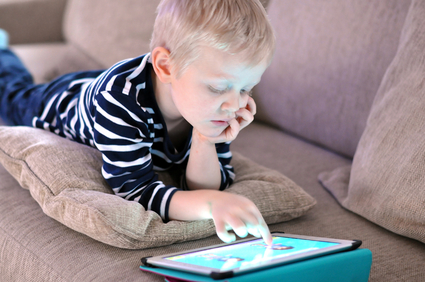
Children need natural movements to stimulate their neuro development. These technology games are not natural play. Young children need to move their WHOLE body. Moving just a finger or a thumb while sitting for hours is not the kind of movement a young child’s brain needs for healthy development. So we can’t really classify them as play. These are considered games or activities and should only be done in moderation.
- Playing at the playground

Unstructured play, great for young children, especially if there are moving pieces of equipment – swings, flying foxes, see-saws, as these move the body and the brain through different planes of gravity – essential for the development of posture, balance and the refinement of movement skills.
- Playing a board game with friends
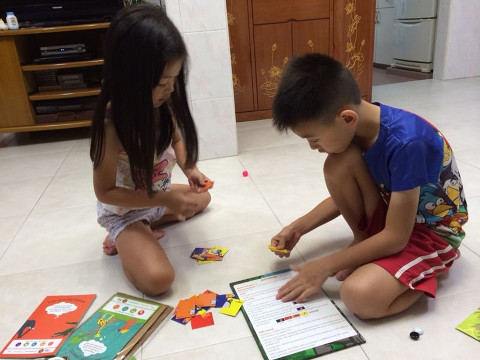
These are considered games or activities. Once a child is 3 years old, these are beneficial as they teach children about rules, taking turns, sharing, winning and losing and counting.
- Playing at the dramatic corner in school
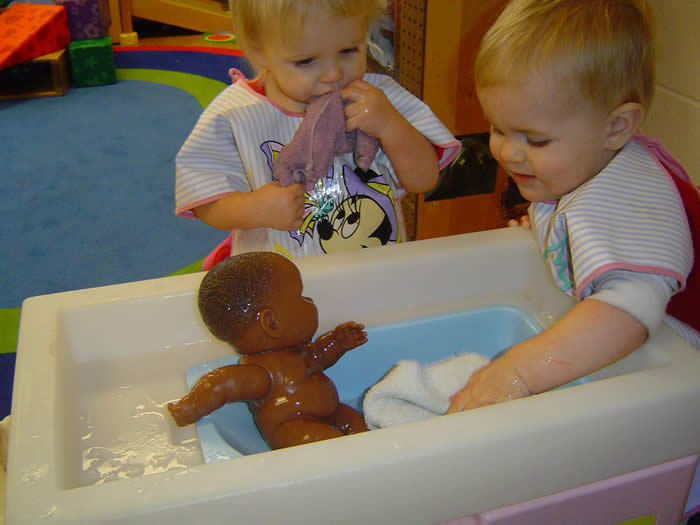
These are considered games or activities. Important for visualisation and make-believe play.
- Playing a sport with friends
This is more sport than play. Excellent for cardiovascular health and fitness and for those who have good motor skills it is very rewarding.
- Playing toys at home

These are considered games or activities. An important time for visualisation and make-believe play.
This is the second part of our three part interview series with KindyROO Singapore Pte Ltd. Director, Ai Ling.
Part 1: Not Just About Meeting Milestones
Part 3: Why KindyROO
To find out more about KindyROO program, go to KindyROO’s Singapore Facebook page
If you find this article useful, do click Like and Share at the bottom of the post, thank you.
Want to be heard and seen by over 100,000 parents in Singapore? We can help! Leave your contact here and we’ll be in touch.













